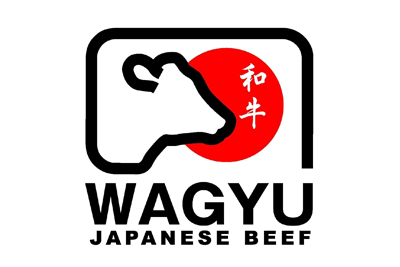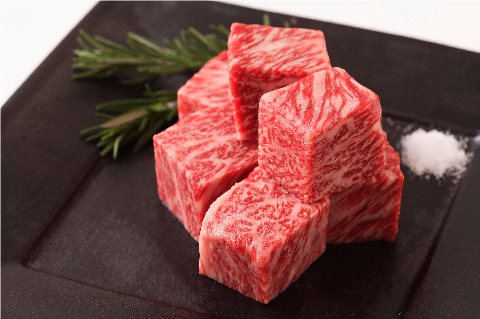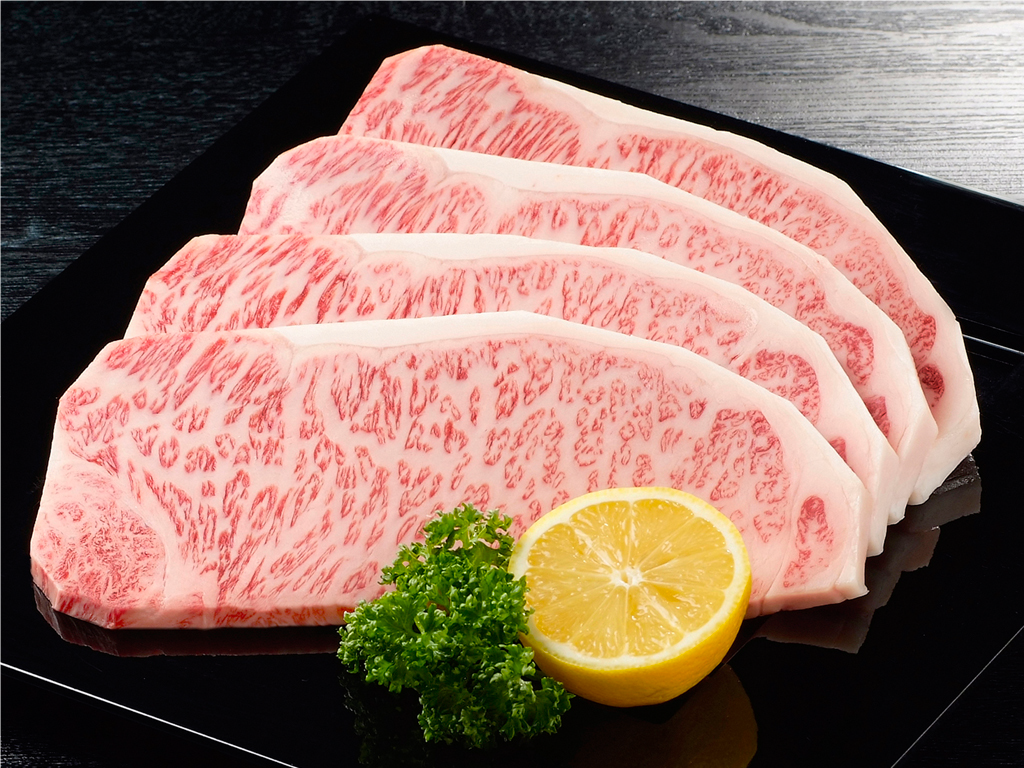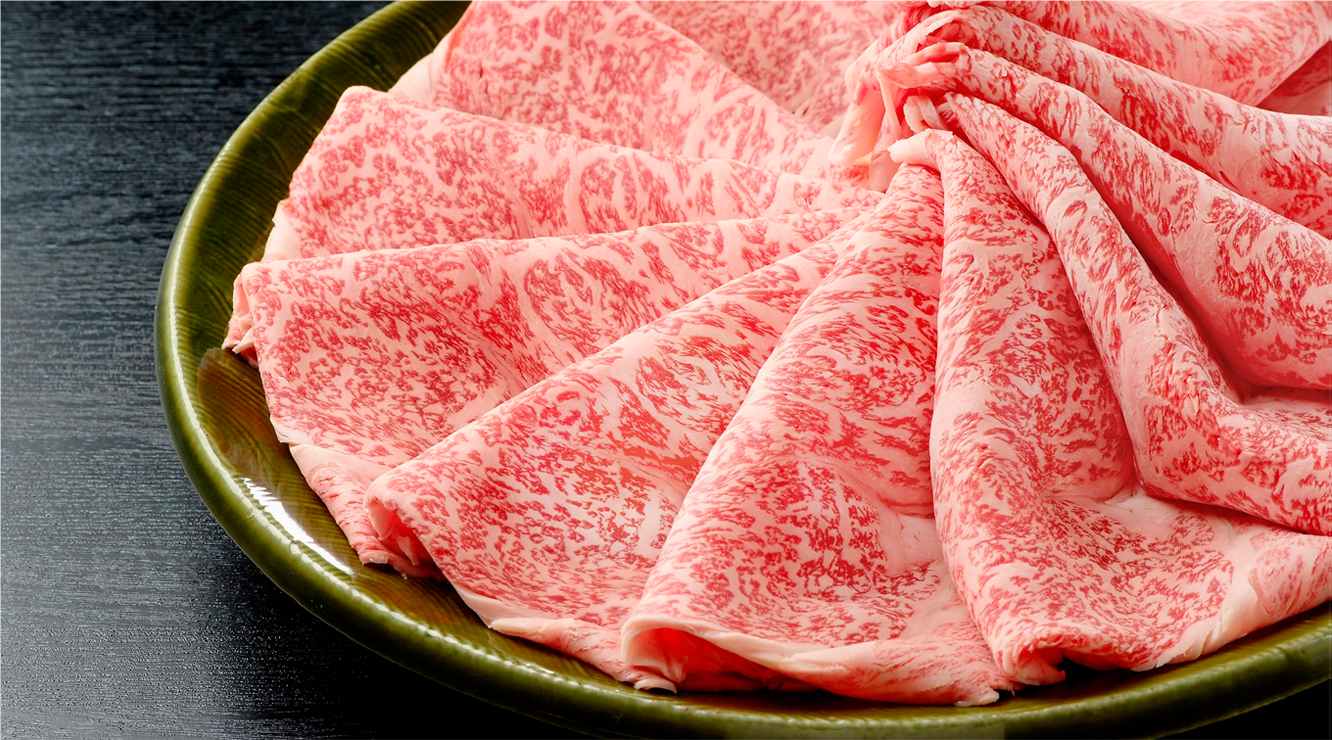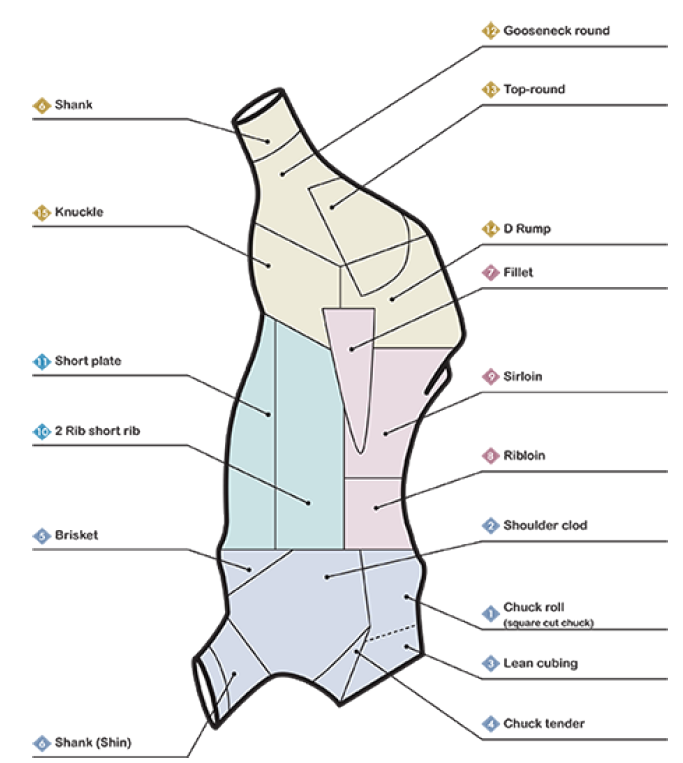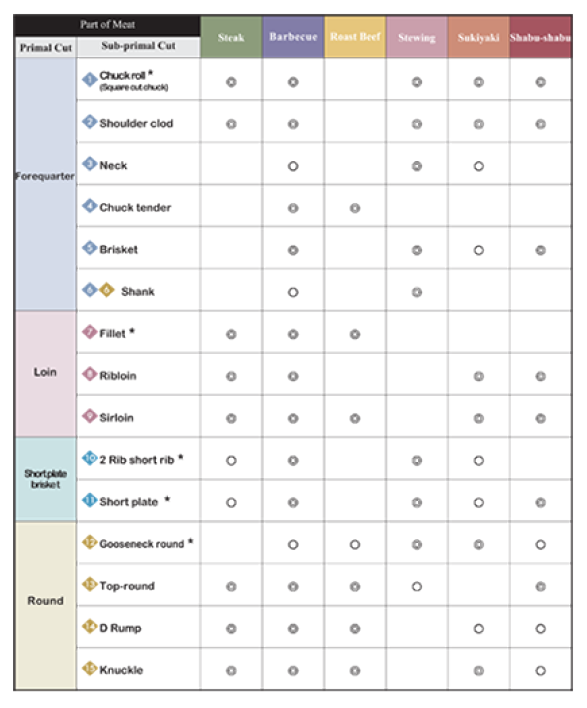Flavour lovingly nurtured from
farm to table.
Technique and care that produce undeniable
quality.
The tenderness and delicate flavor of Wagyu is in high demand in Japan, where cuisine honors the inherent flavor of the ingredients. In response to such demand, Japan has refined its production technologies and the rest of the world, which is more accustomed to slightly more textured red meat, has been taken by surprise by the texture of Wagyu - a new style beef that once tried will not soon be forgotten. Wagyu, a relatively rare commodity, has the potential to increase the possibilities and value of food cultures around the world and bring with it significant change.
Raised with loving care for perfect Wagyu
Each and every head of Wagyu cattle is given time and attention, and raised lovingly by feeding specialist in the vast open spaces of Japan, In addition to a well managed environment - a carefully designed diet including rice, hay, wheat, and bran to raise cattle that are both healthy and produce great tasting beef, and cattle sheds kept in immaculate condition so as not to stress the delicate cattle - Wagyu cattle are bred with human compassion and attention. Outstanding production technologues and teh pride of the naster in pursuit of perfect Wagyu gives way to a superior quality found nowhere else in the world.
The melt-in-your-mouth texture is unique to
Wagyu
Perhaps the most prominent characteristic of Wagyu is the marbled fat distributed through the muscle fibers knowns as "shimofuri" in Japan. The fine texture of Wagyu gives an extrememly tender, melt-in-the-mouth quality. Wagyu is also known for its sweet, full-bodied aroma known as "wagyuko" or beef aroma. When cooking, Wagyu is known to give o� an aroma that is likened to coconut or fruit. This beef aroma serves to further draw out the great taste of Wagyu. The flavor of Wagyu does not only satisfy the taste buds, but all five senses and has the potential to significantly change beef cuisine in countries around the world.
